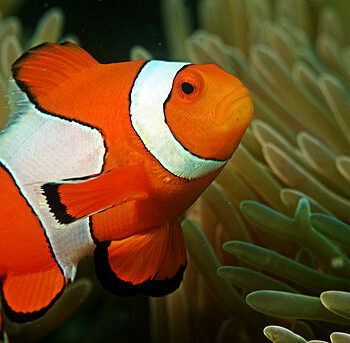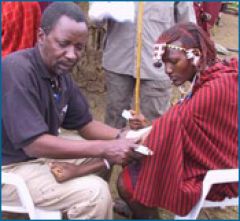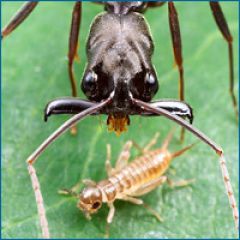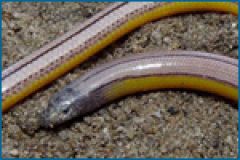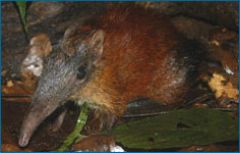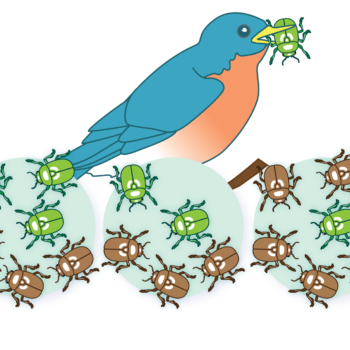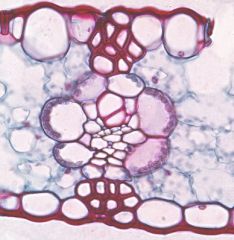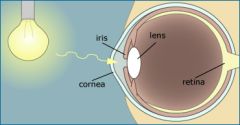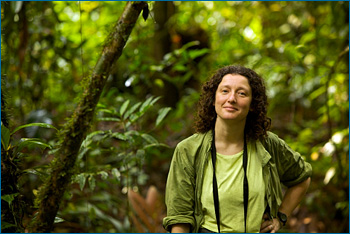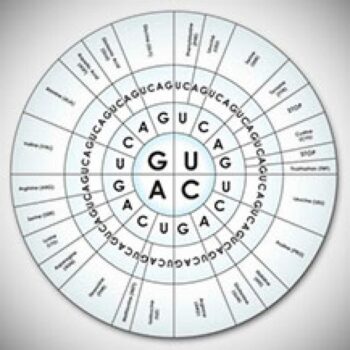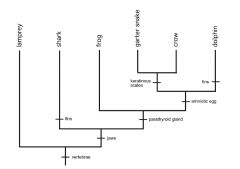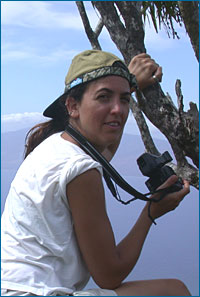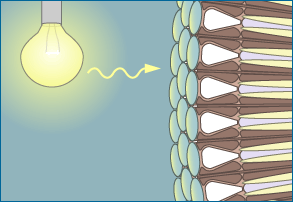Found 15 resources for:
convergent evolution
A fisheye view of the tree of life
Grade Level(s):
- 9-12
- 13-16
- General
Source:
- UC Museum of Paleontology
Resource type:
- Interactive
Overview
This interactive phylogeny of the ray-finned fishes lets users dynamically explore the evolution of fish traits, as well as read stories about the evolution of unusual characteristics such as bioluminescence and venom.
View details >>
Adaptation to altitude
Grade Level(s):
- 9-12
- 13-16
Source:
- Smithsonian National Museum of Natural History
Resource type:
- Classroom activity
Time: Eight 50-minute class periods
Overview
In this set of sequenced lessons, students learn how to devise an experiment to test the difference between acclimation and adaptation; investigate how scientific arguments show support for natural selection in Tibetans; design an investigation using a simulation based on the Hardy-Weinberg principle to explore mechanisms of evolution; and devise a test for whether other groups of people have adapted to living at high altitudes.
View details >>
Evo in the news: Got lactase?
Grade Level(s):
- 9-12
- 13-16
- Advanced
- General
Source:
- UC Museum of Paleontology
Resource type:
- Evo in the News article
Time: 20 minutes
Overview
The ability to digest milk is a recent evolutionary innovation that has spread through some human populations. This news brief from April 2007 describes how evolution has allowed different human populations to take advantage of the nutritional possibilities of dairying and links evolution with the prevalence of lactose tolerance among people of different ethnicities.
View details >>
Evo in the news: Quick bites and quirky adaptations
Grade Level(s):
- 9-12
- 13-16
- General
Source:
- UC Museum of Paleontology
Resource type:
- Evo in the News article
Time: 15 minutes
Overview
Trap-jaw ants made headlines with the record-breaking speed of their jaws and a quirky behavior: flinging themselves into the air using the power of their mandibles. This news brief from October 2006 reveals the evolutionary story behind the headlines.
View details >>
Evo in the news: The legless lizards of LAX
Grade Level(s):
- 9-12
- 13-16
- General
Source:
- UC Museum of Paleontology
Resource type:
- Evo in the News article
Time: 20 minutes
Overview
This news brief from October 2013 describes the discovery of four new species of legless lizard. Why don't we just call these animals snakes? Because of their evolutionary history...
View details >>
Evo in the news: The new shrew that’s not
Grade Level(s):
- 9-12
- 13-16
- General
Source:
- UC Museum of Paleontology
Resource type:
- Evo in the News article
Time: 20 minutes
Overview
This news brief from March of 2008 describes scientists' discovery of a new mammal species, a giant elephant shrew. Though elephant shrews resemble regular shrews, recent genetic evidence suggests that elephant shrews actually sprang from a much older (and perhaps more charismatic) branch of the tree of life - the one belonging to elephants and their relatives.
View details >>
Evolución 101
Grade Level(s):
- 9-12
- 13-16
- General
Source:
- UC Museum of Paleontology
Resource type:
- Article
Overview
¿Qué es la evolución y cómo funciona? Introducción a la evolución ofrece información detallada y práctica sobre los patrones y los mecanismos de la evolución.
View details >>
Evolution connection: Photosynthesis 2
Grade Level(s):
- 13-16
Source:
- UC Museum of Paleontology
Resource type:
Time: 5 minutes
Overview
This short slide set explains uniformity and variation in the process of photosynthesis across all life using evolutionary history. Save the slide set to your computer to view the explanation and notes that go along with each slide.
View details >>
Evolution of human skin color
Grade Level(s):
- 9-12
- 13-16
Source:
- Smithsonian National Museum of Natural History
Resource type:
- Classroom activity
Time: Seven to ten 50 minute class periods
Overview
Students examine evidence for the relationship between UV and melanin in other animals; investigate the genetic basis for constitutive skin color humans; learn to test for natural selection in mouse fur color; investigate how interactions between UV and skin color in humans can affect fitness; and explore data on migrations and gene frequency to show convergent evolution of skin color.
View details >>
Eye Evolution
Grade Level(s):
- 13-16
Source:
- UC Museum of Paleontology
Resource type:
- Online activity or lab
Time: 45-60 minutes
Overview
This worksheet guides students through an interactive online module entitled Why the Eye? on the Understanding Evolution website. Students gain a better understanding of the different types of animal eyes and how natural selection can account for the evolution of a complex organ.
View details >>
How boogieing birds evolved: The work of Kim Bostwick
Grade Level(s):
- 9-12
- 13-16
- General
Source:
- UC Museum of Paleontology
Resource type:
- Research profile
Time: 30 minutes
Overview
This research profile follows ornithologist Kim Bostwick through the jungles of Ecuador and the halls of museums as she investigates the evolution of an exotic bird's complex mating dance.
View details >>
Natural selection and evolution of rock pocket mouse populations
Grade Level(s):
- 13-16
Source:
- Howard Hughes Medical Institute
Resource type:
- Classroom activity
Time: 50 minutes
Overview
This lesson serves as an extension to the Howard Hughes Medical Institute short film The Making of the Fittest: Natural Selection and Adaptation. It provides an opportunity for students to analyze amino acid data and draw conclusions about the evolution of coat-color phenotypes in the rock pocket mouse.
View details >>
Phylogenetics laboratory: Reconstructing evolutionary history
Grade Level(s):
- 13-16
Source:
- Kefyn Catley and Laura Novick
Resource type:
- Lab activity
Time: 3 hours
Overview
By examining specimens, students fill in a data matrix of animal taxa and complete exercises to learn about synapomorphies, mapping characters on a phylogeny, and assessing parsimony.
View details >>
Using trees to understand plants: The work of Chelsea Specht
Grade Level(s):
- 9-12
- 13-16
- General
Source:
- UC Museum of Paleontology
Resource type:
- Research profile
Time: 30 minutes
Overview
This research profile follows scientist Chelsea Specht as she pieces together the evolutionary history of tropical plants and their pollinators--and in the process, tries to figure out how to conserve endangered species.
View details >>
Why the eye?
Grade Level(s):
- 13-16
- Advanced
- General
Source:
- UC Museum of Paleontology
Resource type:
- Article
Time: 30-45 min
Overview
Eyes are something of an icon of evolution. How did such an integrated, multi-part adaptation evolve? While many different animals have complex eyes, untangling their evolutionary history reveals both remarkable diversity and surprising similarity.
View details >>

